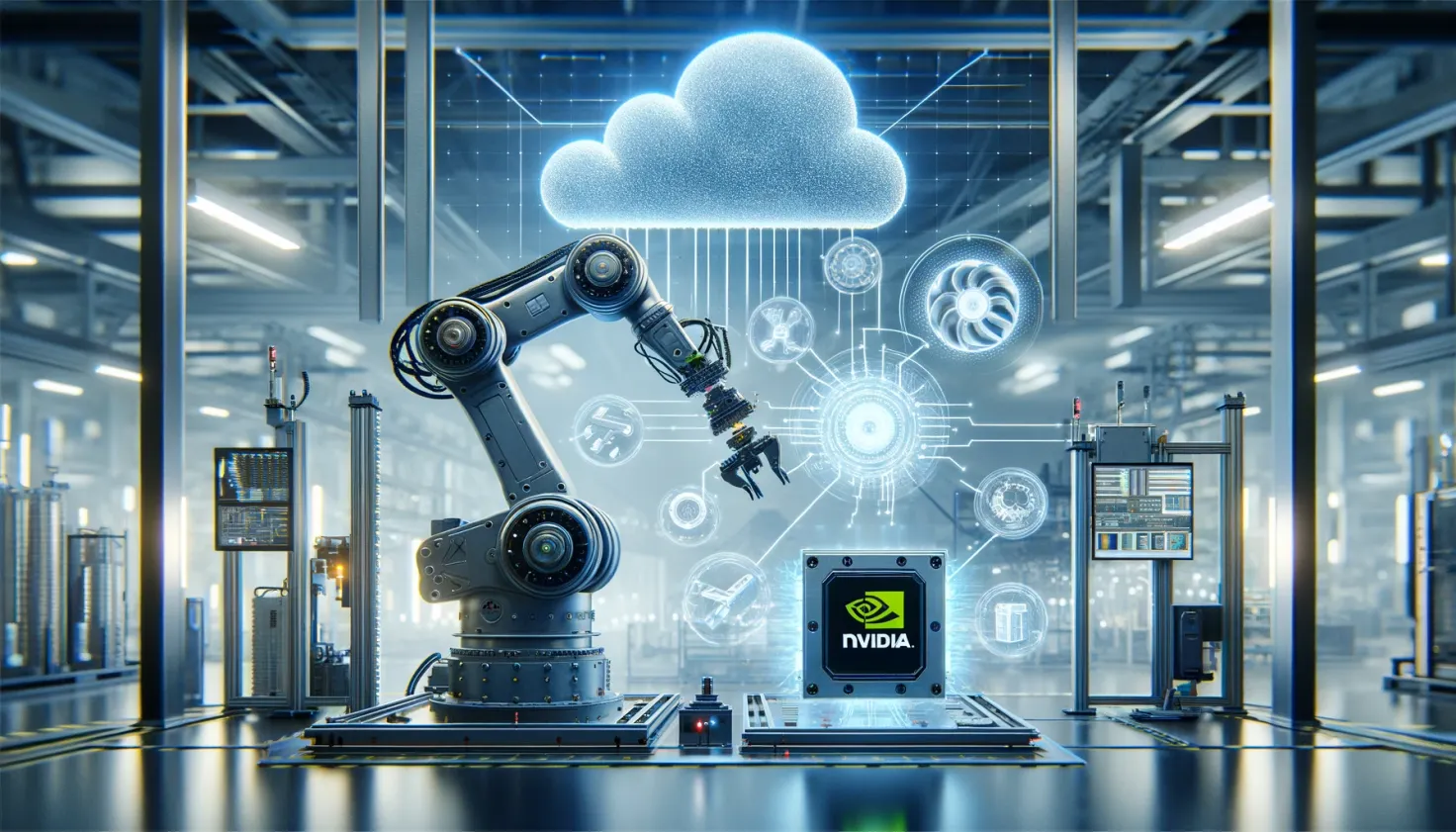
Accelerating Robotic App Development with NVIDIA L40S GPUs on AWS
Key Takeaways
| Aspect | Detail |
|---|---|
| Robotic Development | Developers will be able to develop and deploy robotics applications at an unprecedented speed in the cloud. |
| NVIDIA Isaac Sim on AWS | Isaac Sim, powered by NVIDIA's advanced GPUs, will lead a transformation in AI-enabled robotics simulations. |
| Simulation & Efficiency | Simulation-based development strategy envisions a future where virtual testing overtakes traditional methods for speed and efficiency. |
An Overview of Cloud-Powered Robotics Innovation
The advent of NVIDIA Isaac Sim alongside the powerful L40S GPUs on Amazon Web Services marks a significant step forward in cloud-based robotic development. These cutting-edge technologies allow developers to simulate and deploy AI-enhanced robotics applications with ease and unprecedented speed. Specifically, NVIDIA Isaac Sim is an advanced simulator integrated into the Omniverse development platform, which emphasizes collaboration on OpenUSD applications.
Empowering Next-Gen Robotics with L40S GPU
Built on the Ada Lovelace architecture, the L40S GPU merges AI computation with graphics and media acceleration to enable real-time rendering that's up to 3.8x faster compared to prior generations. This leap in performance doubles the simulation capabilities over its predecessor, the A40 GPU, thus bolstering engineering and robotics teams' productivity. Moreover, the L40S GPU is not just bound to robotics simulations but is also designed to efficiently manage generative AI workloads.
Simplified Access and Simulation Advancements
Amazon will integrate new Machine Images featuring the NVIDIA L40S onto the AWS Marketplace, giving roboticists preconfigured virtual machines for running Isaac Sim workloads. Furthermore, the application of simulation technologies in robotics is rapidly accelerating the deployment process, playing an instrumental role in industries from retail to logistics.
The Business Impact of Advanced Robotics Simulation
ABI Research anticipates an explosive growth in revenue from mobile robots, predicting a rise from $11.6 billion in 2023 to a staggering $42.2 billion by 2030. Amazon Robotics, for instance, is leveraging simulation to enhance the complexity of its robotic operations and amplify simulation, rendering, and model training in conjunction with AWS's L40S offering.
Simulation-driven robotics sidestep the extensive time and heavy costs associated with real-world data collection and testing, instead employing synthetic data for training and validating AI-driven applications. Digital twins in virtual environments lead to refined development and operational efficiency prior to real-world deployment. In fact, Amazon Robotics has already started using Omniverse for such simulation advancements.